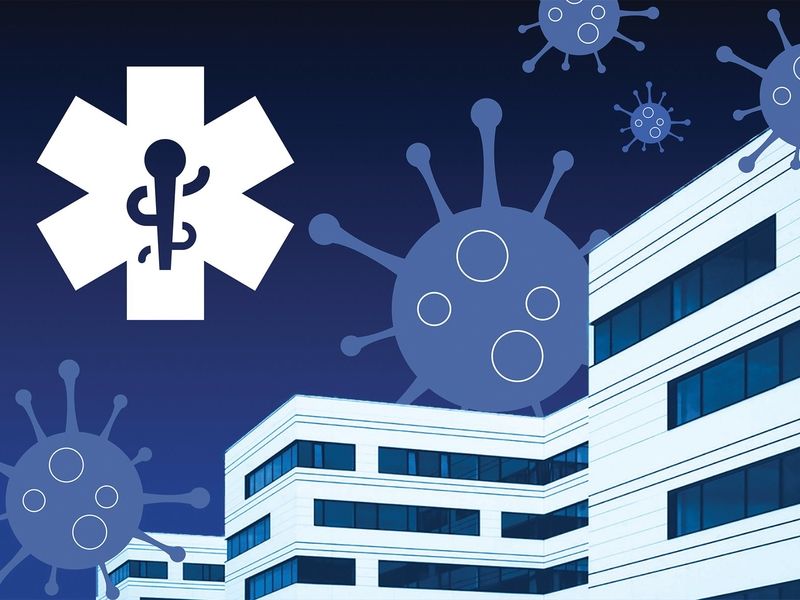
About 113,000 Americans could’ve avoided the hospital in June and July if they received a COVID-19 vaccine, according to a new study. Instead, they got sick enough to be admitted—at an estimated direct cost of $2.3 billion.
More than 98% of people hospitalized with a COVID-19 diagnosis between May and July 2021 were unvaccinated, the Kaiser Family Foundation reports in a research brief published Friday. While not all hospitalizations would’ve been stopped by the vaccine, the report estimates that 113,000 of the 185,000 inpatient stays with a COVID-19 diagnosis in June and July were preventable.
The Centers for Disease Control and Prevention (CDC) reports that 28% of U.S. adults were unvaccinated as of Sunday; an additional 11% had received only the first shot of the two-dose Pfizer-BioNTech or Moderna vaccines. These vaccine holdouts, and the emergence of the highly contagious delta variant, has driven the latest surge in COVID-19 cases overwhelming hospitals in states with low vaccination rates. The vaccine is highly likely to prevent severe disease, hospitalization and death from COVID-19, as well as mild infections.
Preventable costs for unvaccinated coronavirus-related hospitalizations totaled $2.3 billion, according to the analysis of HHS and CDC data that averaged related admissions at $20,000 per person.
“These numbers are a compelling illustration of how the costs from low vaccination rates spillover to the rest of society,” said Katherine Hempstead, senior policy adviser at the Robert Wood Johnson Foundation. “People might say that vaccination is a personal choice, but there is nothing personal about these health care costs—they are spread among policyholders and taxpayers. Given the geographical pattern of hospitalizations, however, they are probably creating some particularly unwelcome headwinds for health plans in the hardest-hit states.”
That $2.3 billion doesn’t include ancillary costs to taxpayer-funded health coverage programs and to workers and businesses paying health insurance premiums.
Employers could charge unvaccinated workers more for health benefits through wellness programs, the Kaiser Family Foundation researchers wrote. Private insurers have also begun reinstating cost-sharing for COVID-19 hospitalizations. The typical out-of-pocket payment for patients hospitalized with pneumonia associated to COVID-19 was about $1,300, according to the brief.
The analysis also doesn’t factor in opportunity cost. Shorter lifespans, lingering mental health issues related to the pandemic and long-term health complications are expected to drain economic output.
The cumulative financial costs of the pandemic related to lost output and worsening health is estimated at more than $16 trillion, or approximately 90% of the U.S. gross domestic product, policy experts wrote in a JAMA editorial last year. The estimated loss per family of four would be nearly $200,000.
Half of that economic damage can be traced to lost income from the pandemic-induced recession. The remainder is the economic effects of shorter, less healthy lives.
“Output losses of this magnitude are immense,” Harvard University health policy experts David Cutler and Lawrence Summers wrote in the JAMA article. “The lost output in the Great Recession was only one-quarter as large. The economic loss is more than twice the total monetary outlay for all the wars the U.S. has fought since Sept. 11, 2001, including those in Afghanistan, Iraq and Syria.”
The U.S. prioritizes spending on acute treatment over public health services and infrastructure and should alter its approach, Cutler and Summers wrote. Investments related to testing, contact tracing and isolation should be made permanent, not discontined when COVID-19 recedes, they recommended.
Source link : https://www.modernhealthcare.com/finance/preventable-covid-19-hospitalizations-cost-23-billion-june-and-july











